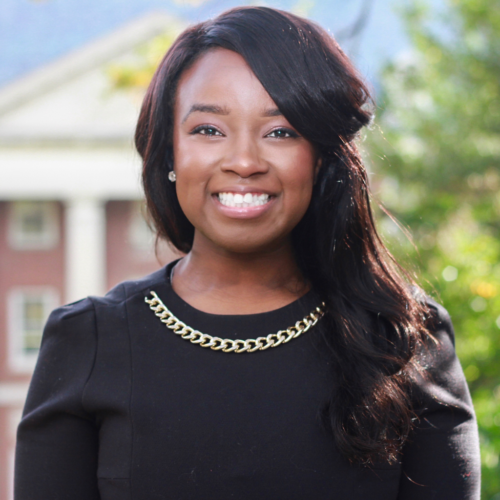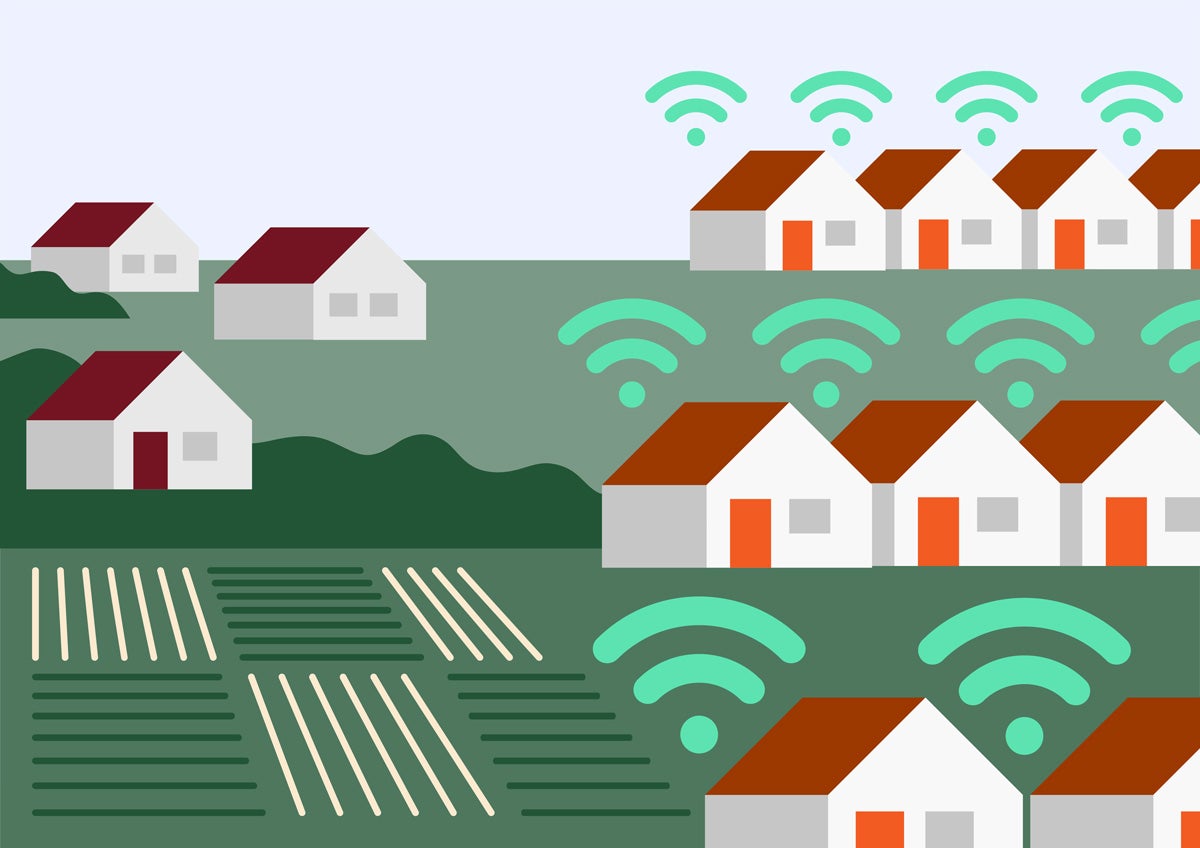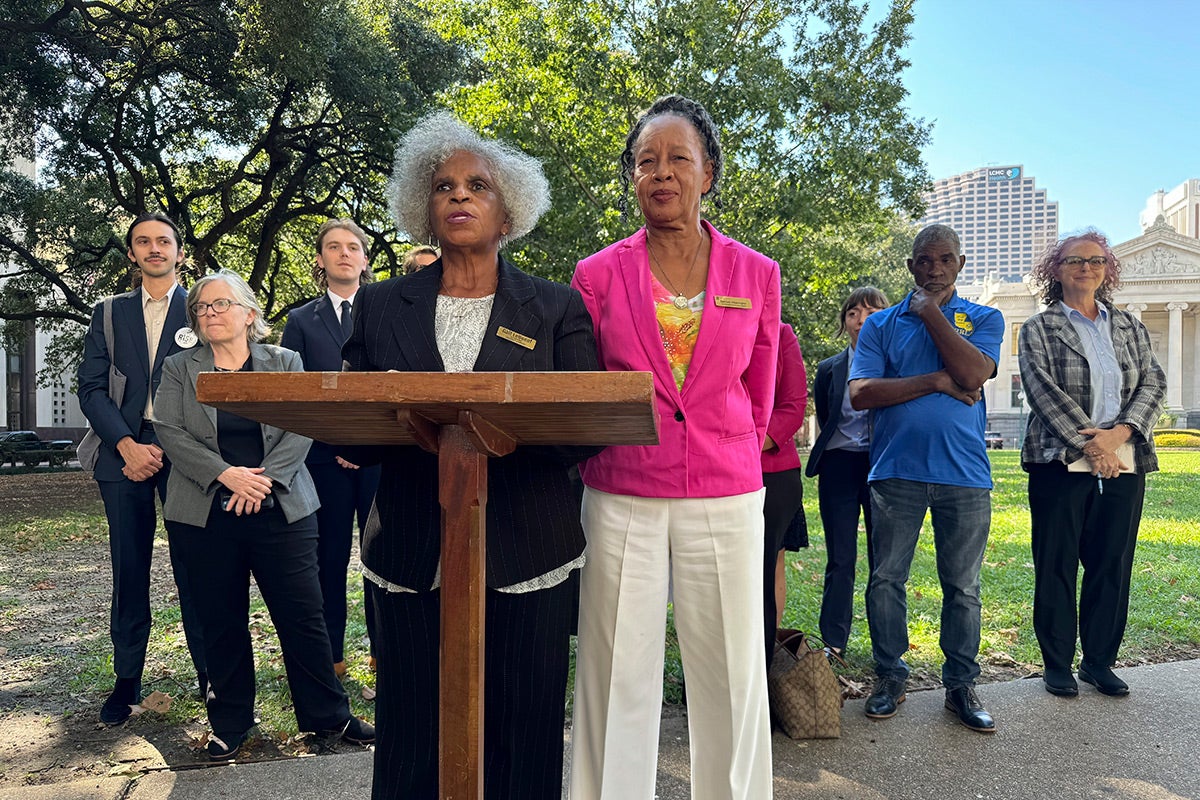Opinion
Racial bias is an endemic crisis. Here’s how to solve it.
The pandemic has been a systemic stress test—one the American health care system has mostly failed. We witnessed preventable misfortunes and weaknesses at all levels of health care operations, from patients on gurneys in hallways to medical systems having to beg for donations of personal protective equipment (PPE). For communities of color, the pandemic highlighted how broad structural inequities in housing, jobs, and food access, among others, amplify the impact of racial bias in clinical encounters. It is past time we took real and meaningful action to address this bias, which inflicts very real harm on people of color every day.

Biases are automatic, unconscious processes and assumptions we all use to make situational assessments. Biases are also embedded in individual interactions and institutional settings. Racial bias can be life-threatening for patients of color, an infuriating reality that has been particularly well documented among Black people. Hundreds of studies substantiate clinician bias, patient mistrust of the medical system, racial stereotypes, and physician preference. Black Americans receive less gynecological and obstetric care and fewer invasive cardiovascular procedures compared with white patients. We know medical students falsely believe Black patients have higher pain tolerance, making them less likely to prescribe pain medication when they become physicians. These long-standing disparities in treatment and health outcomes are significant because they are the historical and cultural artifacts of slavery and eugenics. Little wonder that as stories emerged of Black COVID-19 patients turned away or denied care, including at least one medical doctor, their families were left to wonder if racial bias played a role. Multiple studies have documented how Black patients have been disproportionally affected by the pandemic, showing that both explicit and implicit racial attitudes play a role in deaths from COVID-19.
Acknowledging the collateral destruction of COVID-19 and racial bias is crucial if we are to survive this and the next health care crisis.
Hospitals and medical schools have made some efforts in bias training, but these follow a pattern: A racist act sparks outcry and media coverage followed by a racial-bias training. Rinse and repeat. It would help if medical schools agreed on standardized race-conscious curricula on implicit bias and implemented this content at all schools—instead, such training is left to each school’s discretion. To be effective, racial bias training must address wrongs and ideological fallacies with rigorous research and evidence-based practices. My experience as a medical sociologist in interviewing doctors, medical students, and other health care providers has shown me that racial-bias trainings are often perceived as unidimensional, lacking depth because they rely on anecdotal experience to spark discussion and are created in response to isolated events. Further, health care workers note a stark absence of follow-through in the form of advanced sessions, in-depth discussion, or the counseling required for lasting, meaningful acceptance of the racial-bias lessons. We saw health care providers mobilize against COVID-19 by implementing a cohesive, strategic, multilayered response—social distancing, masks, advanced sanitation protocols, quarantining, and routine testing. We need a similar approach to address racial bias.
Sign up for Harvard Public Health
Delivered to your inbox weekly.
Here are three initial steps individuals and organizations can take:
- Engage
Both individual providers and organizations must connect with racial-bias experts and maintain an ongoing dialogue and instruction to keep employees up-to-date on issues. For example, White Coats For Black Lives is a medical student–led organization invested in creating anti-racist curricula and improving workforce diversity. Its advocacy work offers providers an excellent way to become involved in dismantling structures that harm Black patients. - Learn
Once an organization identifies a set of experts or consultants that best fit its needs, providers should learn as much as possible about racial bias through progressive training workshops and seminars. The most effective training systems are evidence based, implement habit-breaking techniques, have interactive presentations, avoid blaming, focus on value systems, and have distinct workshops for different facets of racial bias. Evidence-based training on bias, like that provided by social psychologist William Cox, has been shown to create lasting behavioral changes. - Empower
Providers who have been successfully trained must be empowered to hold both themselves and their colleagues accountable to their training. Non-Black providers, especially, must hold their peers accountable in all health care settings. White providers who have acknowledged their biases and gained competency must also be willing to call out biased actions to protect patients.
Acknowledging the collateral destruction of COVID-19 and racial bias is crucial if we are to survive this and the next health care crisis. Medical institutions and providers must audit their behaviors, assessing how structural racism and bias harm patients. Just as medical students need to know the pathophysiological components of diseases and the structural factors associated with a condition, so must medical leaders in hospitals, residency programs, and academic institutions have ongoing training and intentionally evaluate how they train on racial bias. The system of precautions we eventually developed to address the pandemic has proven effective. In the same way, we need a system to battle structural racism and racial bias, and we must act with the same sense of urgency and intensity. Lukewarm approaches diminish patient health, increase medical errors and health care costs, and disrupt the patient-provider relationship.
As a Black woman, researcher, and mother, I need you, our health care providers, to believe that you have biases and to understand how these biases can hurt patients. I need you to believe your patients when they describe their pains and discomfort. I need you to believe that ongoing bias training is just as necessary as your mask. Our patients and communities deserve better.



